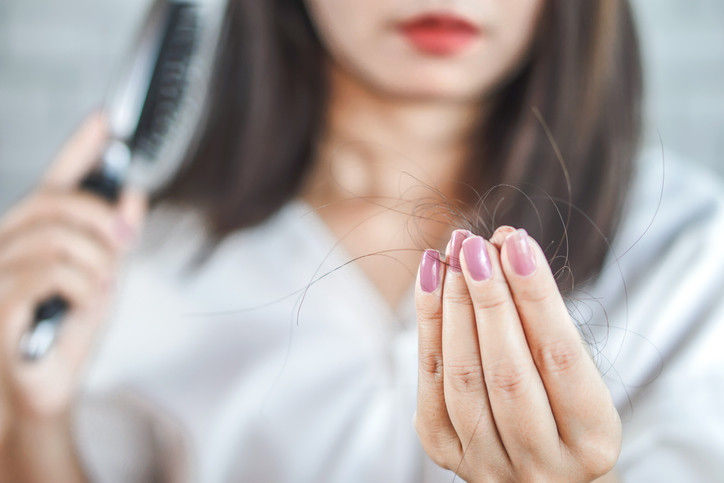Physiology of Hair
- Hair Again Clinic
- Aug 10, 2023
- 2 min read
Hair growth cycle - Hair development is a continuous cyclic process and all mature follicles go through a growth cycle which consists of:
Growth (anagen)
Regression (catagen)
Rest (telogen)
Shedding (exogen) phases (Figure 1)
The duration of the phases changes based on the location of the hair and also personal nutritional and hormonal status and age.

Anagen Phase
The anagen is the active growth phase in which the follicle enlarges and takes the original shape and the hair fibre is produced. Almost 85–90% of all scalp hairs are in anagen.
Catagen Phase
The catagen phase is a short transition stage that occurs at the end of the anagen phase. It signals the end of the active growth of a hair. This phase lasts for about 2–3 weeks while the hair converts to a club hair. During this phase, the hair will shed as growth stops and the outer root sheath shrinks and attaches to the root of the hair. The hair bulb will be pushed upoward as growth stops, and keratinized. Less than 1% of your scalp hair is in this phase.
Telogen Phase
Telogen is the resting phase and during this phase the hair does not grow but stays attached to the follicle. Approximately 10–15% of all hair is in this phase at any one time. At the end of the telogen phase, the hair follicle reenters the Anagen phase and a new hair begins to form.
Exogen or Shedding phase
There is less interest in the mechanism of the hair shedding but from the patient’s perspective, it is probably the most important part of the hair growth. During the exogen phase, hair is shed from the scalp, often helped along by washing and brushing. Losing 50 to 100 hairs per day during the exogen phase is normal. During the exogen phase, which can last about 2 to 5 months, new hairs are growing in the follicles as old hairs fall away.

.png)



Comments